Description
ANTAR bikinis are crafted for your comfort & to keep your skin safe. It strikes the ideal blend of comfortable covering and sensual cheekiness, making them an easy choice for everyday wear. You’ll adore wearing our breathable hemp hipster bikinis beneath all your favorite pants because they have a mid-rise waist and a flexible waistband
- 54% Hemp / 42% organic cotton / 4% Lycra
- The Body Adaptive fit is achieved thanks to the 4 way stretch
- The silky soft micro nylon waistband provides equal stretch and excellent comfort, so it stays true to size and gently embraces the waist
- You are not only choosing a better Bikini but your choice is also Helping our Environment. You can save 100+ hrs of LED bulb energy/ 100+ ltrs of drinking Water, by choosing Hemp over regular cotton Hipster. Your contribution will make a Sustainable tomorrow
- Thermal Regulating to keep you warm in winters and comfy in summers
- UV Protected
- Hemp Underwear is the Best Underwear because it is Sustainable, Natural, Organic & Vegan
- Care Instructions: Hand Wash Only
- Fit Type: Regular

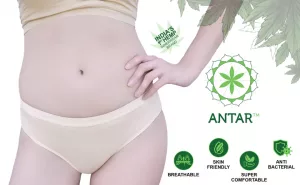
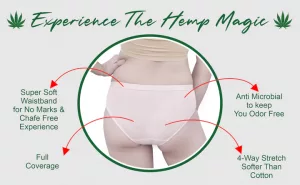
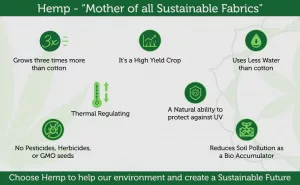
In many ways, hemp could be considered a miracle fiber. Consider the advantages:
Strong
Bikinis made of hemp fiber is lightweight and absorbent, with three times the tensile strength of cotton. People have long valued this strong and long lasting plant: the first hemp plants were spun into fiber than 10,000 years ago.
Weather Resistant
UV and mold-resistant, hemp is excellent for outdoor wear as well as inner wear like bikinis.
Versatile
Hemp can be blended with other fibers for different qualities in the garment. Hemp/silk and hemp/cotton garments are now available for added comfort and bikinis as in this case.
Cost-Effective
Hemp is less expensive to farm because of its minimal growth requirements. Hemp plants grow quickly, producing 5-10 tons of cellulose fiber pulp per acre in four months.
Easy on the Environment
Hemp farming uses very little water (half as much as cotton), does not require the use of chemical pesticides or fertilizers, and is a readily renewable resource. Furthermore, nothing is wasted in the hemp production process: seeds are used to make oil and food supplements, while the stalks are used for fiber. Hemp also produces more fiber per acre than trees, and can be renewed two to three times per year. Not only that: industrial hemp plants absorb more carbon dioxide than trees.
Is Hemp The Same As Marijuana?
Both hemp and marijuana are varieties of the cannabis sativa, but hemp contains less delta-9-tetrahydrocannabinol (THC), the psychoactive substance in marijuana. This makes it unusable as a recreational product. In most countries where industrial hemp is grown, governments legislate a THC limit for hemp products. In Canada and the US, this limit is 0.3 percent: that’s less than one-tenth of marijuana, which usually contains at least 3 percent.
How is Hemp Processed?
The cellulose fiber from hemp is used to make many products, including jeans, shirts, dresses, briefs, hats, bags, ropes and canvas, skin care products, building materials, paper and many food products. Henry Ford even once made a car partially from hemp to help out American farmers. Until the 1920’s, 80% of clothing like bikinis was made from hemp textiles.
Is Hemp Controversial?
Unfortunately, the politics of hemp has for over 60 years interfered with the development of hemp-based textiles and many other useful hemp products. A campaign of misinformation, initiated early in the 20th century, stands in stark contrast to scientific evidence. As noted above, the hemp plant grown commercially for fiber has no significant value as a recreational drug. George Washington even grew hemp for the production of rope and other materials.
Recognizing this distinction and the opportunities presented by hemp cultivation today, many countries have moved to legalize industrial hemp. Today, hemp is grown around the world, including Europe, Russia, Ukraine, China, Australia, and North America. According to the Hemp Industries Association, the total domestic value of 2015 retail hemp products sold in the US was $573 million. Much of the raw material used in producing those products was imported, but that’s changing quickly as the US moves towards federal regulation.
The value of this versatile, easy to grow, eco-friendly crop is becoming more and more apparent. In many places, hemp farmers routinely make more than 10 times the amount per acre than grain farmers. This represents a promising option for farmers whose current crops experience reduced demand. Tobacco farmers take note!

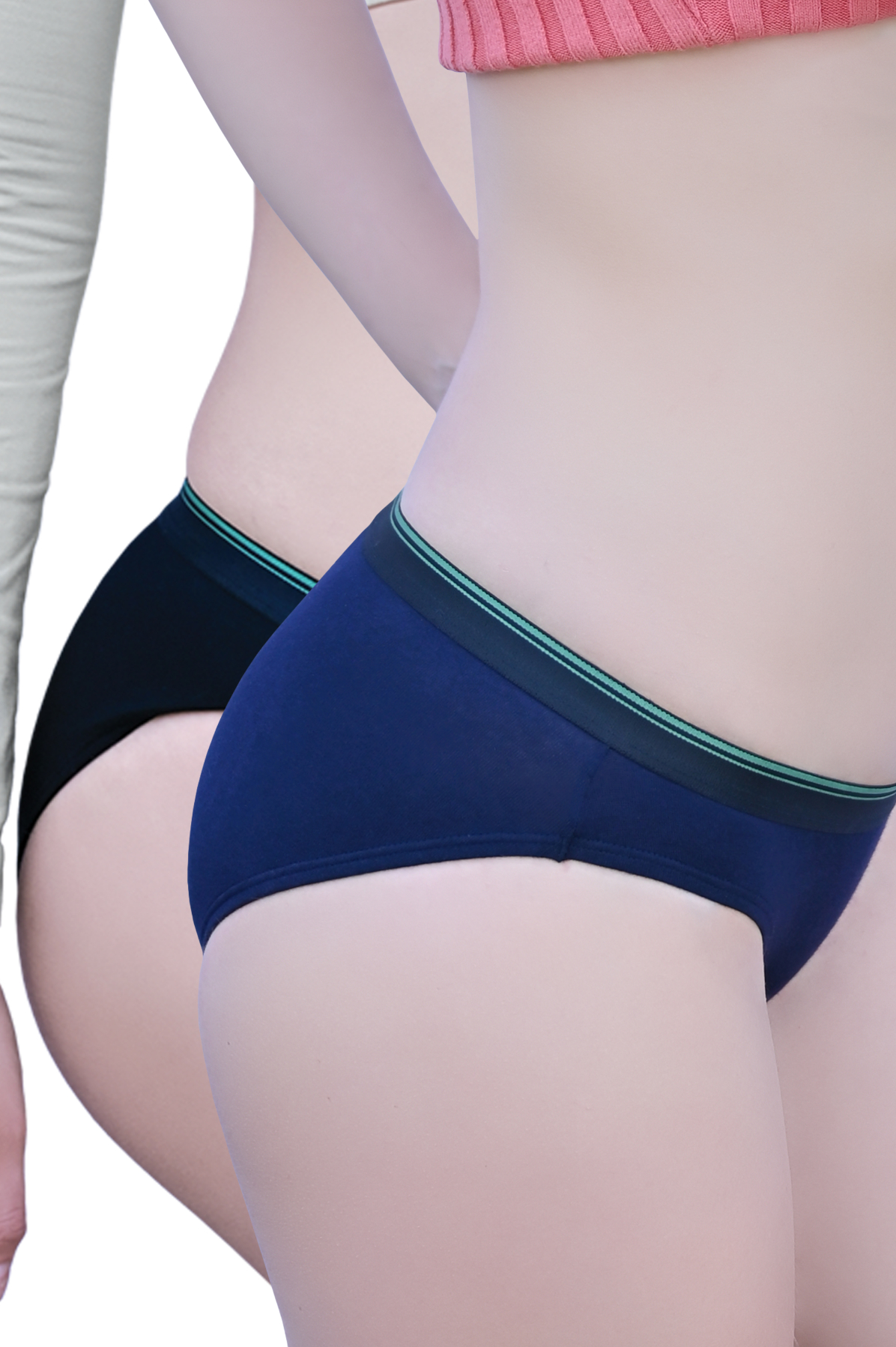
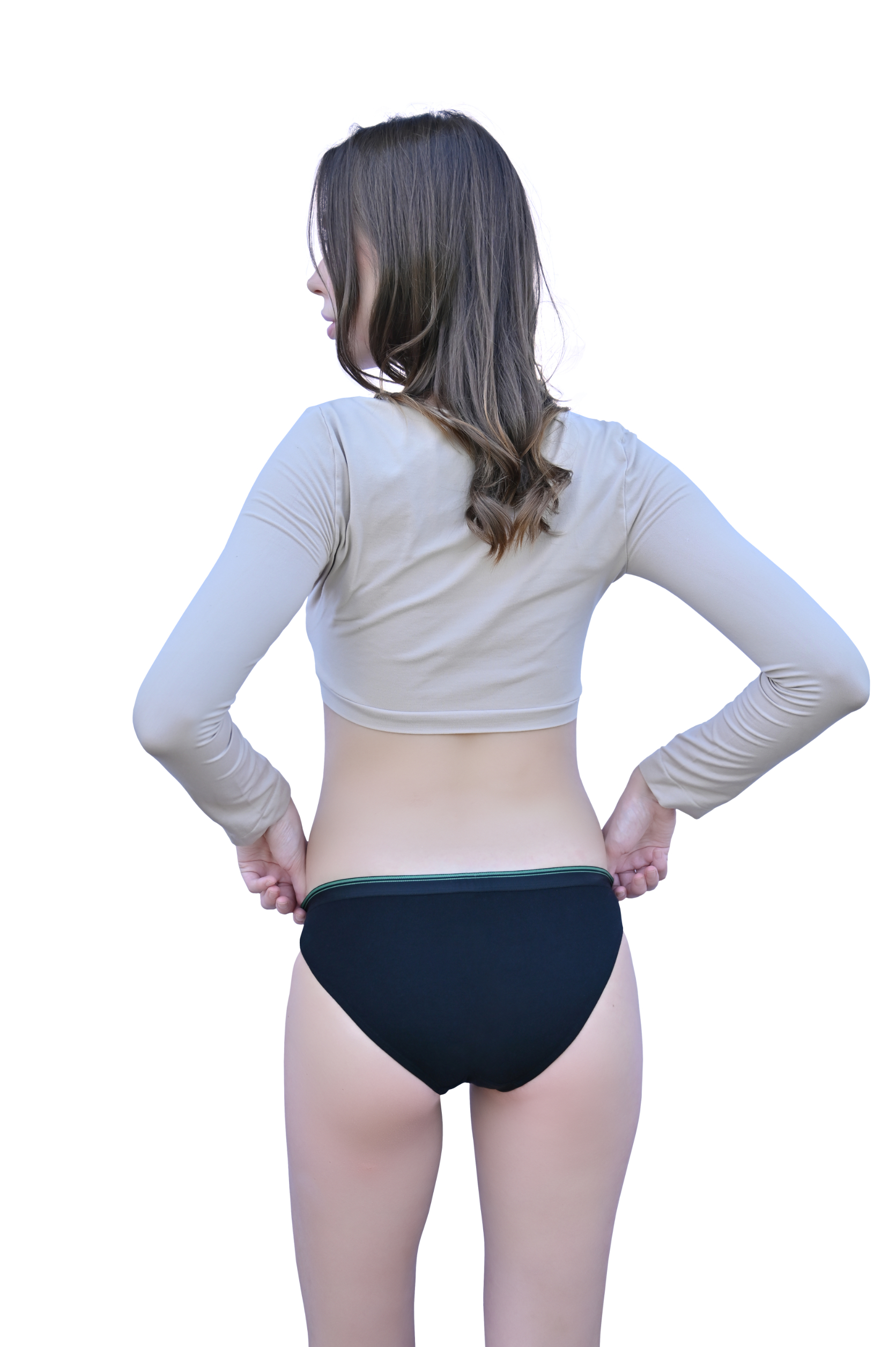
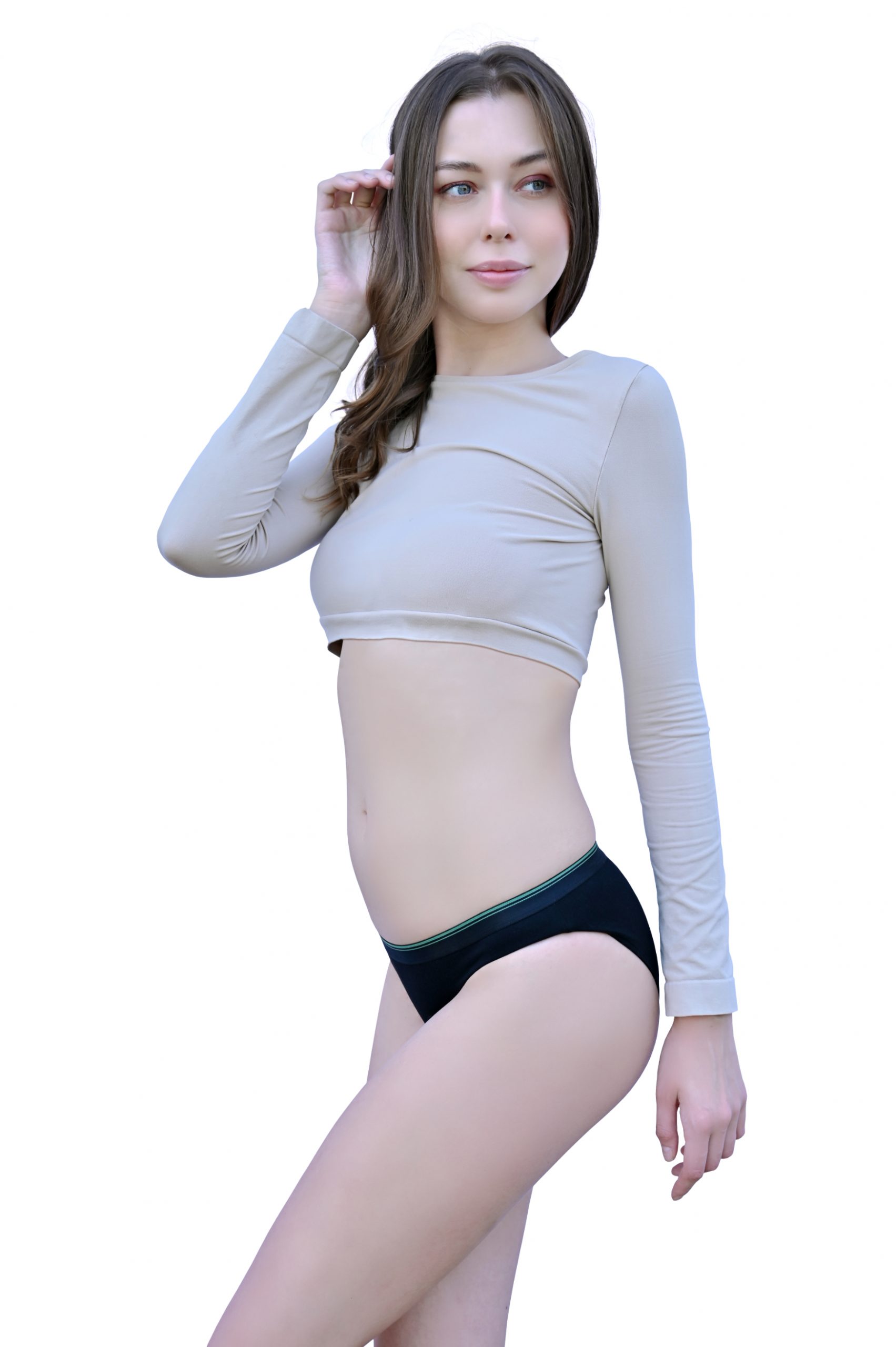
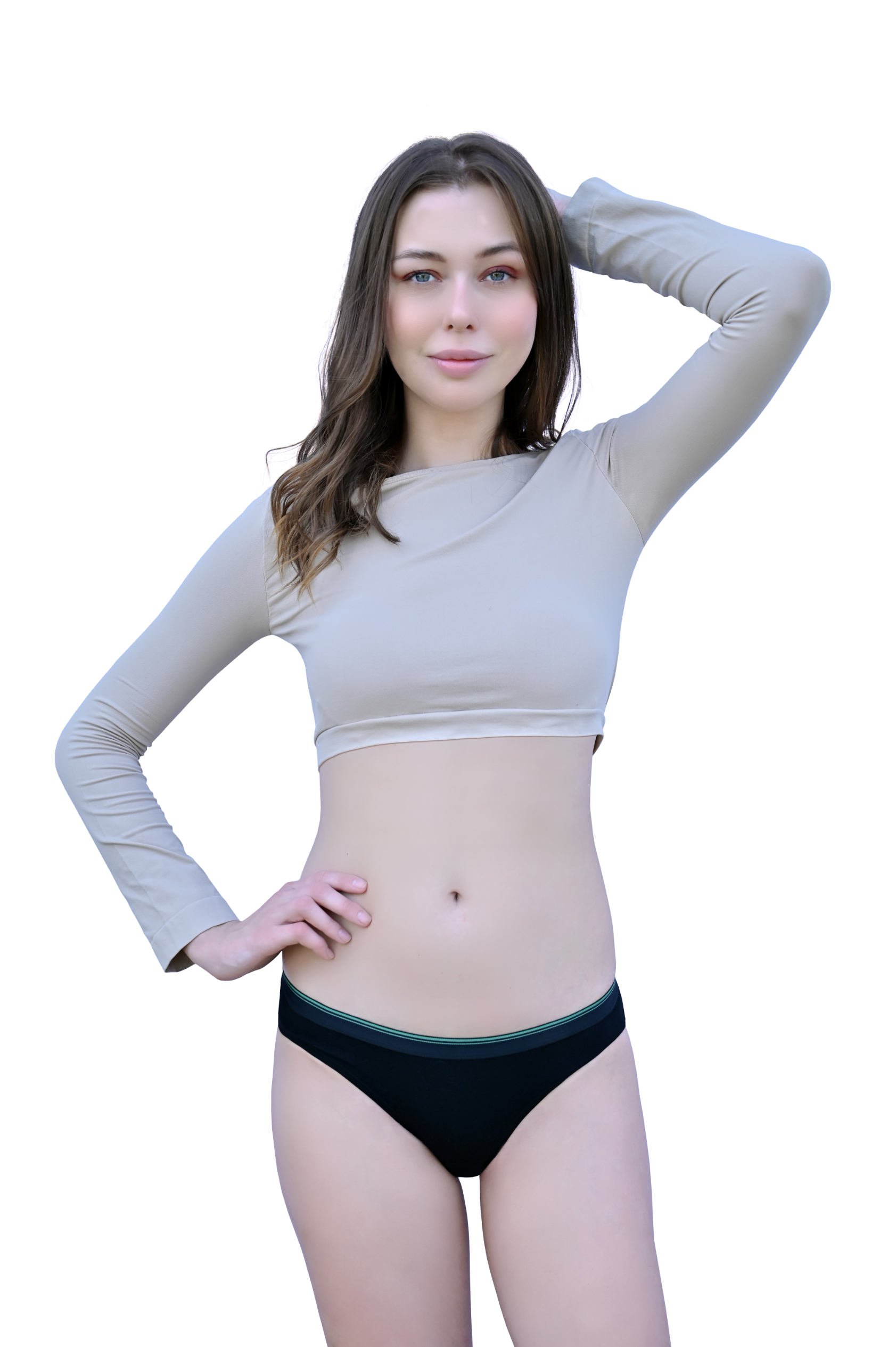
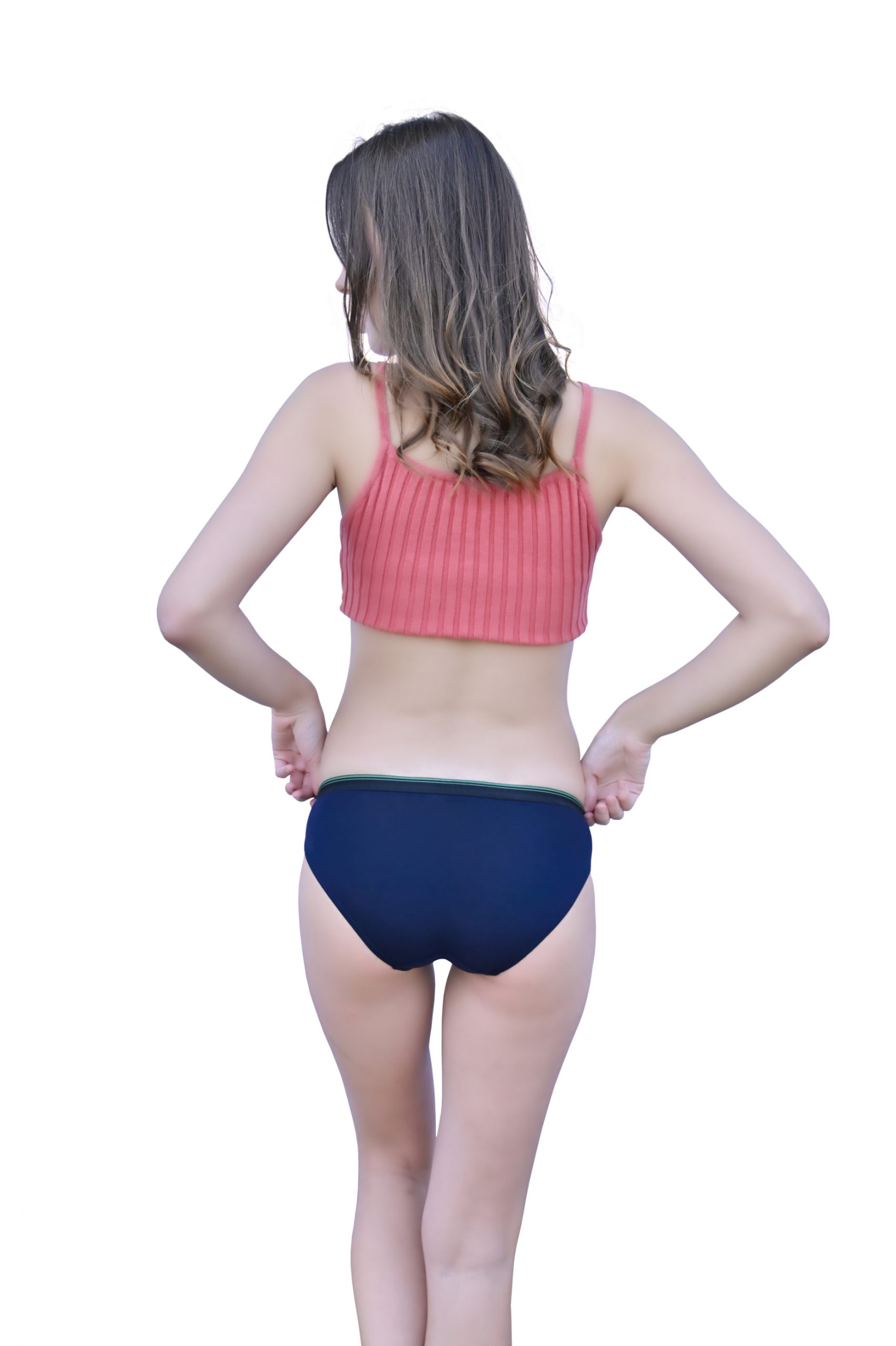

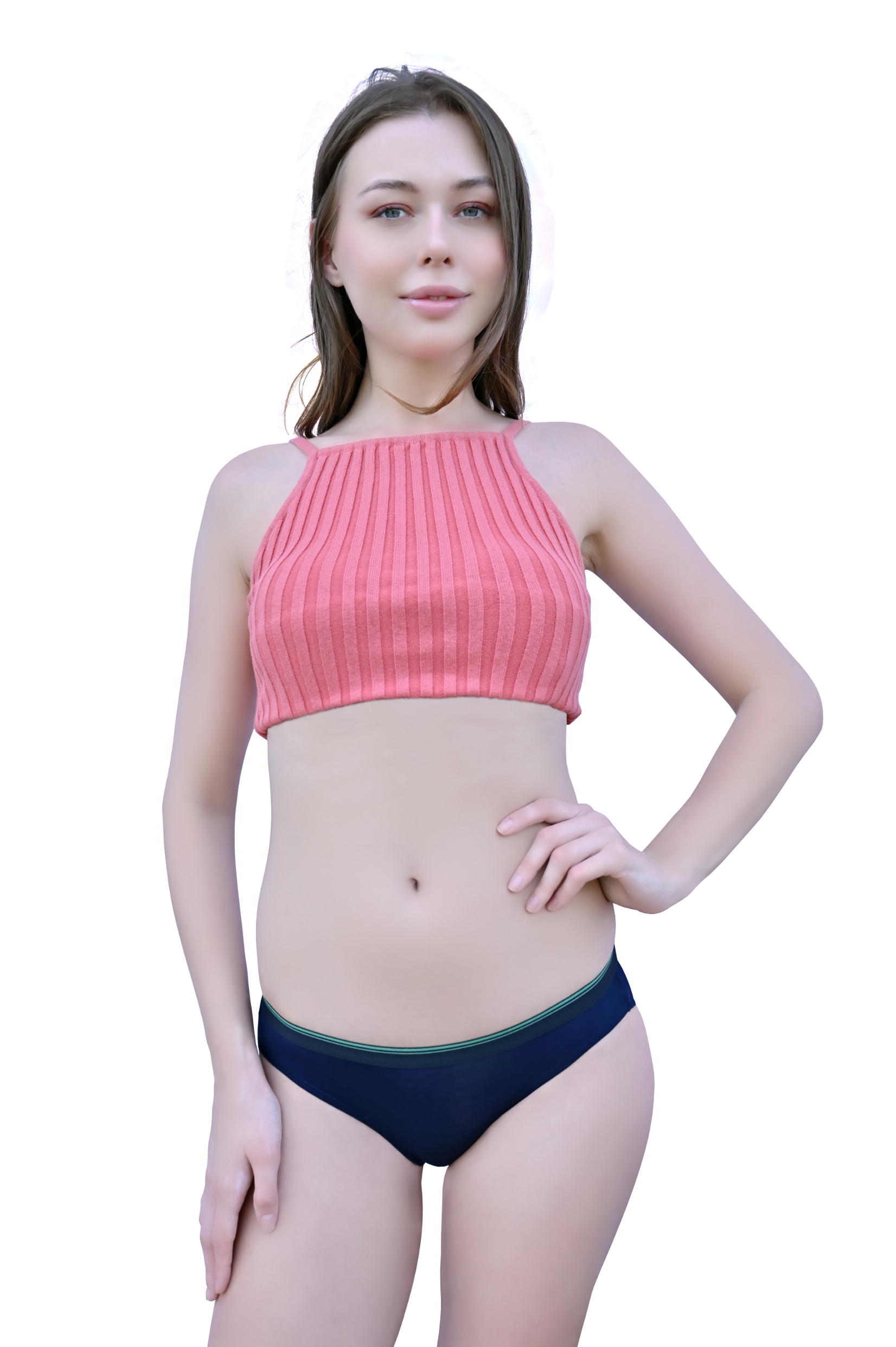


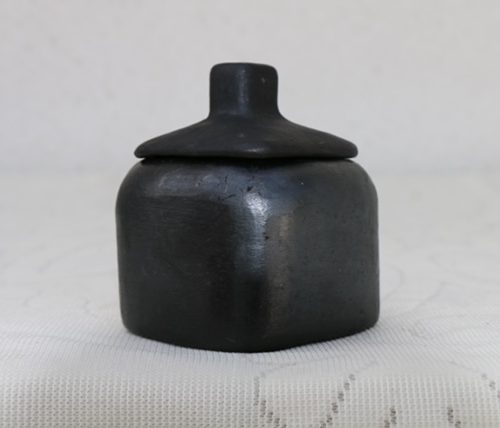
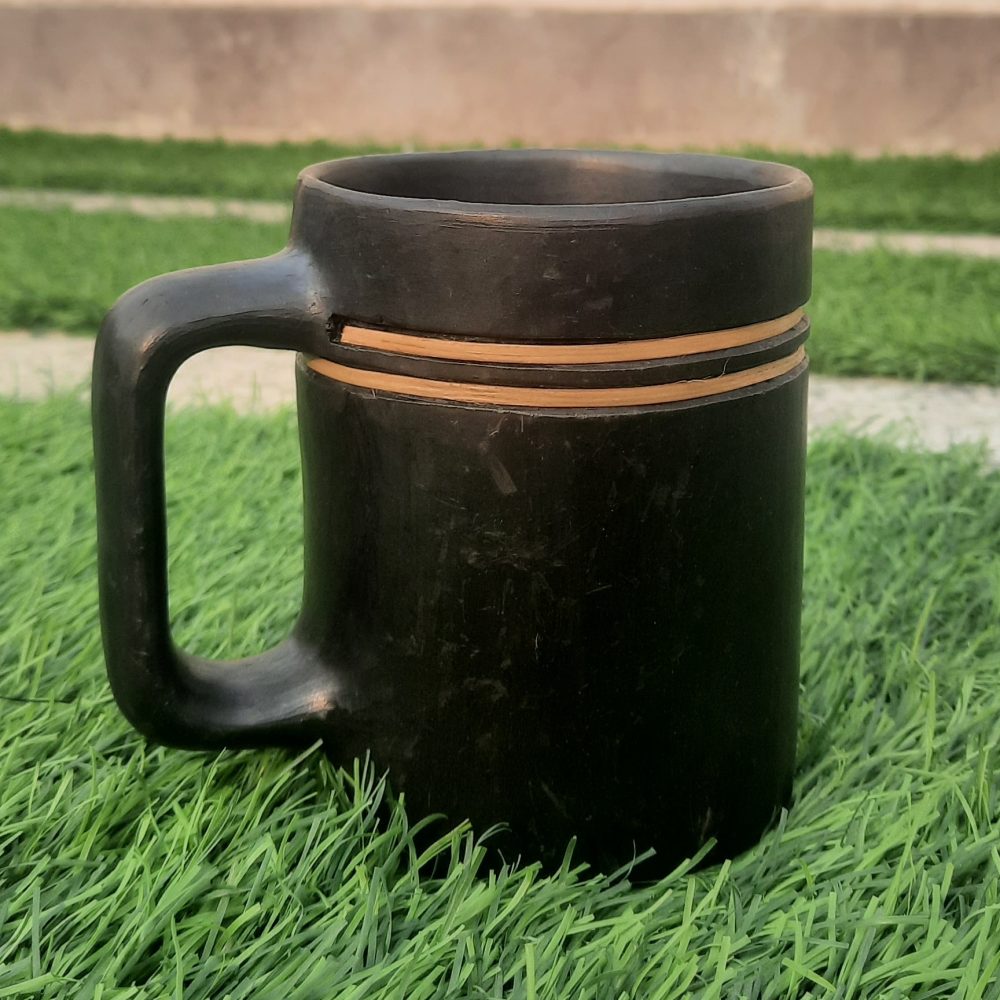
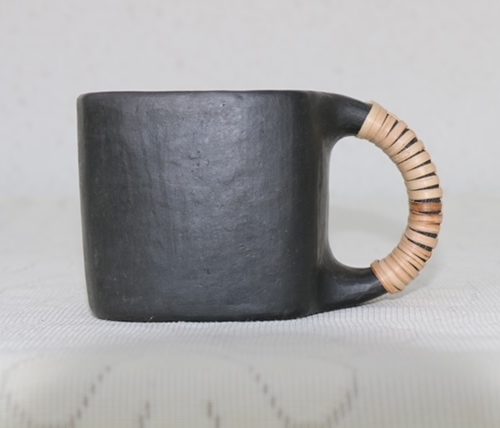
Reviews
There are no reviews yet.